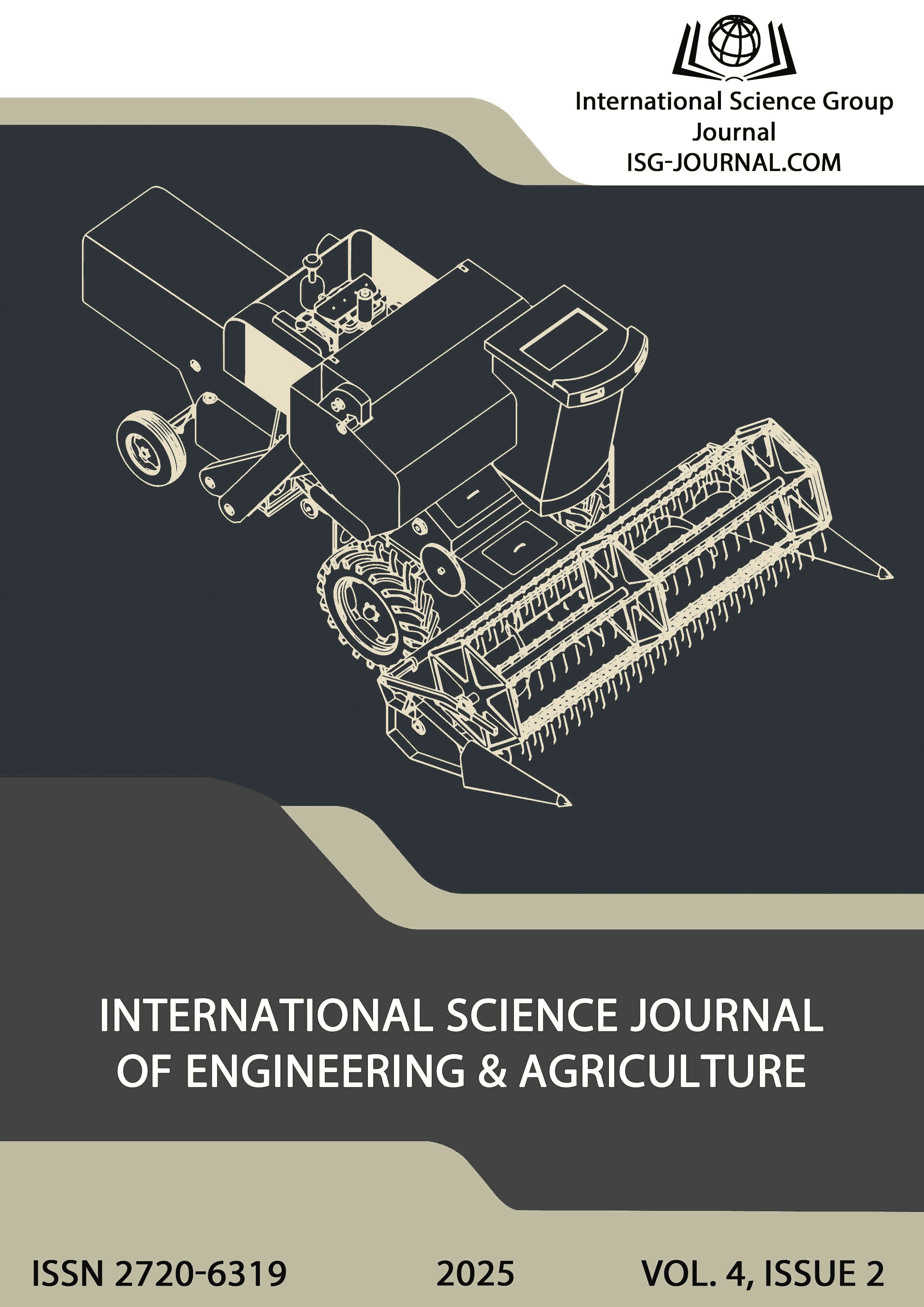IT infrastructure management in educational institutions using the ITIL framework
DOI:
https://doi.org/10.46299/j.isjea.20250402.14Keywords:
IT infrastructure, ITIL, IT service management, Incident management, Service requests, Higher education, IT governanceAbstract
The effective management of IT infrastructure in educational institutions is critical for supporting seamless academic and administrative operations in an increasingly digital environment. Universities and colleges face challenges such as frequent IT service disruptions, inefficient incident management, and the lack of standardized service delivery processes. This paper explores the application of the Information Technology Infrastructure Library (ITIL) framework as a structured approach to IT Service Management (ITSM) within higher education institutions. By analyzing existing incidents, service requests, and operational inefficiencies, the study identifies key areas where ITIL principles can improve service efficiency, reduce system downtime, and enhance overall user satisfaction among students, faculty, and staff.The research employs qualitative methodologies, including focus groups and structured interviews with IT administrators, academic personnel, and students, to assess IT infrastructure challenges and service management needs. Additionally, the study investigates the impact of modern ITSM tools, such as Jira Service Management, in automating service workflows, tracking incidents, and improving resolution times. A comparative analysis of IT service performance before and after ITIL implementation highlights significant improvements in response efficiency, proactive monitoring, and structured service request handling. Findings indicate that adopting ITIL-based service management practices leads to enhanced IT operations through improved resource allocation, automated incident tracking, and data-driven decision-making. Standardizing workflows and implementing proactive IT monitoring strategies enable universities to mitigate recurring technical issues and optimize IT support services. The study concludes with recommendations for the effective adoption of ITIL frameworks in higher education institutions, emphasizing the long-term benefits of IT governance, continuous service improvement, and user-centric IT service delivery.References
Surguladze, G., & Urushadze, B. (2014). International Experience of Information Systems Management (BSI, ITIL, COBIT). Technical University of Georgia. ISBN 978-9941-20-458-6. Available online.
IBM. (2022). What is IT Infrastructure? Online resource.
Atlassian. (2022). Incident Management in ITSM. Online resource.
Itarian. (2020). Service Desk Overview. Online resource.
Atlassian. (2021). IT Service Management (ITSM). Online resource.
Axelos. (2019). ITIL Foundation, ITIL 4 Edition. TSO, London.
Atlassian. (2022). Jira Service Management: Features and Benefits. Online resource.
Galliers, R. D., & Leidner, D. E. (2014). Strategic Information Management: Challenges and Strategies in Managing Information Systems. Routledge.
Hochstein, A., Zarnekow, R., & Brenner, W. (2005). ITIL as Common Practice Reference Model for IT Service Management: Formal Assessment and Implications for Practice. Proceedings of the IEEE International Conference on e-Technology, e-Commerce and e-Service.
Feeny, D. F., & Willcocks, L. P. (1998). Core IS Capabilities for Exploiting Information Technology. Sloan Management Review, 39(3), 9-21.
Pollard, C., & Cater-Steel, A. (2009). Justifications, Strategies, and Critical Success Factors in Successful ITIL Implementations in U.S. and Australian Companies: An Exploratory Study. Information Systems Management, 26(2), 164-175.
Ong, C. S., & Wang, S. Q. (2015). Managing IT Service Management Implementation: A Critical Success Factor Approach. Journal of Enterprise Information Management, 28(5), 637-657.
Winniford, M., Conger, S., & Erickson-Harris, L. (2009). Confusion in IT Service Management Adoption: A Study of ITIL Implementation Approaches. Proceedings of the Americas Conference on Information Systems (AMCIS).
Zarnekow, R., Hochstein, A., & Brenner, W. (2006). A Maturity Model for IT Service Management. Proceedings of the International Conference on e-Business.
Kumbakara, N. (2008). Managed IT Services: The Role of IT Standards. Information Management & Computer Security, 16(4), 336-359.
Dahlberg, T., & Kivijärvi, H. (2006). An Integrated Framework for IT Governance and the Development and Validation of an Assessment Instrument. Proceedings of the Annual Hawaii International Conference on System Sciences.
Downloads
Published
How to Cite
Issue
Section
License
Copyright (c) 2025 Otari Machaladze

This work is licensed under a Creative Commons Attribution 4.0 International License.






